November 24, 2021
Multilingualism at an early age, a window to the world

María Dios Zetterlind
Head of Lower School
George Steiner, philosopher, essayist, specialist in comparative literature and translation theory, said that “all languages and each one of them map a possible world, a possible calendar and a possible landscape. To learn a language is to immeasurably widen the provincialism of self. It is to open wide a new window to existence”.
Later, at the age of 88, he explained what the “simple exercise” of memory was that he carried out to stop the progression of dementia. “I get up, go to my little study and randomly choose a book, it doesn’t matter which one, and translate a passage into the four languages I speak. I mainly do it to be sure that I am still a polyglot, which is the most important thing for me, and what defines my career and my work. I try to do it every day… and it certainly seems to help”, he declared.
Steiner is a prime example of the importance and existential, academic and professional benefits that an education based on multilingualism at an early age reaps, and not only is he distinguished as one of the most brilliant intellectuals of the 20th century, but for a life and a trajectory forged from childhood on the same humanistic values, hunger for learning, understanding, tolerance and respect for difference and diversity that, as an educator of these key stages, I am convinced a multilingual education brings.
A journey that will mark its existence
Precisely in the initial stages of life, the brain can be more molded and is more receptive to satisfy its ungovernable curiosity and overcome the obstacles derived from learning other languages. That is why it is essential to promote language teaching at ages in which everything is experimentation and nothing is an obligation, when children, as we usually say, absorb knowledge like sponges and our pedagogical vocation acquires its true raison d’être by channeling them on the first stages of a journey that will definitely leave a mark on their existence.
It is, undoubtedly, an enormous responsibility, but I can imagine only few tasks more rewarding and comforting than verifying the success of methods with which, in a few years, students go from hesitantly stumbling over words in a foreign language, to assuming it as their own and communicating in it with astonishing ease and naturalness.
Overcoming sociocultural prejudices
However, it is a process strongly conditioned by the context in which it occurs, which still exerts a certain resistance and which needs to overcome certain sociocultural prejudices that censor this type of teaching, arguing that it is an excess of overexposure or saturation for small children, thus justifying an exclusive learning of the mother tongue and postponing multilingual education to later stages.
Although there are numerous theories that corroborate that the neuronal stimulation associated with the learning process of several languages from childhood predisposes the brain to absorb linguistic knowledge, and indeed any other knowledge, it is daily work and accumulated experience that shows us that multilingual education is the gateway to a world that, otherwise, children could never enter.
Thus, in an increasingly globalized social, political and economic context, learning languages develops the capacity and sensitivity necessary to understand other cultures and other realities without falling into gratuitous stereotyping. Because it is languages, with the current support of new technologies, that have historically connected the world.
Multilingualism transcends education
Nowadays multilingualism transcends exclusively educational aspects and constitutes a strategic part of the decree of the most important world institutions. Under the motto “United in diversity”, the European Union recognizes the essential contribution which linguistic diversity and learning languages make to the European project and prioritizes the improvement of both language teaching and learning.
According to the EU, languages unite people, open doors to other countries and their cultures and strengthen intercultural understanding. A command of foreign languages, it stipulates, plays a key role in improving employability and mobility and enhances the economic competitiveness of the EU.
These are goals that require appropriate political commitment, such as that included in the European Council Conclusions on multilingualism of 2014, in which the Member States committed themselves to enhancing cooperation in the field of multilingualism and improving the effectiveness of language teaching in schools.
On the other hand, the UN General Assembly recognizes multilingualism as a basic value of the Organization and an essential factor in harmonious communication between people, facilitator of multilateral diplomacy, dialogue and understanding.
But the success of these ideas or the fulfillment of any of these supranational objectives and commitments will only make sense if the family nucleus itself supports them and behaves as a role model and vital reference for the student, where the metaphorical window to the world must always remain open. Because, as Steiner himself graphically illustrated to lament the fact that people want to restrict themselves to a single country or a single language, “trees have roots, I have legs. And this is a great step forward”.


